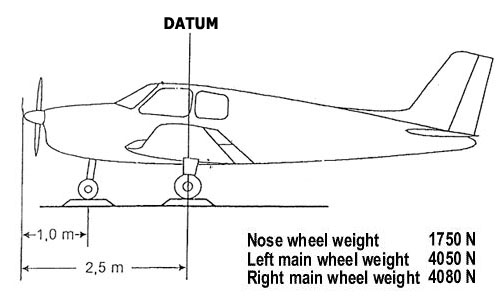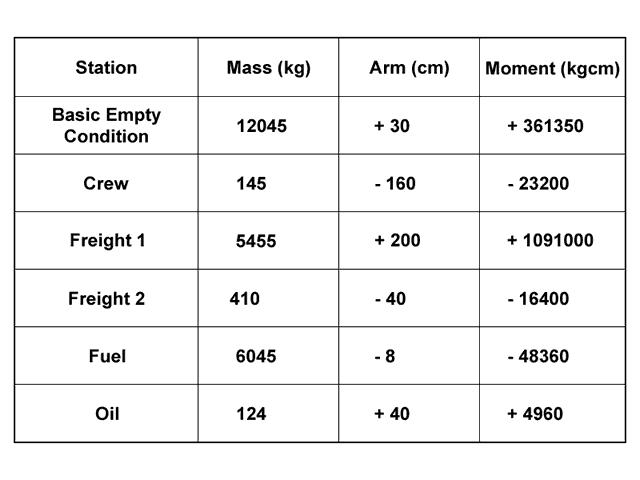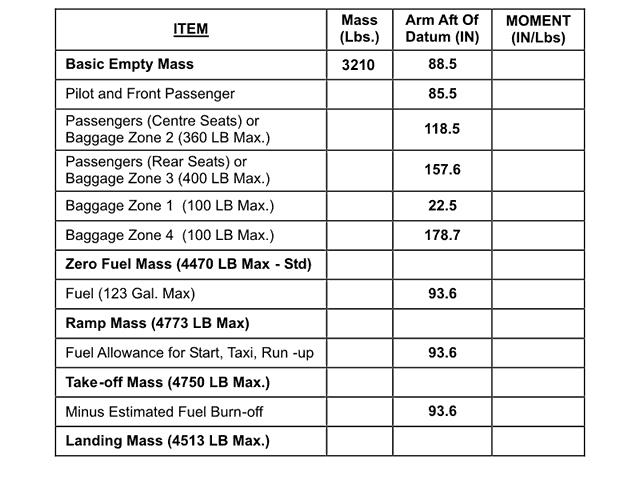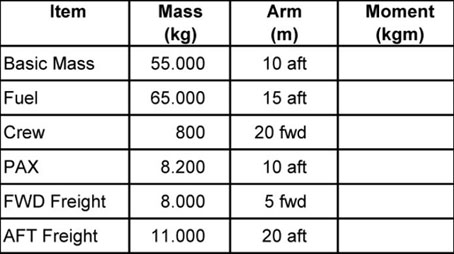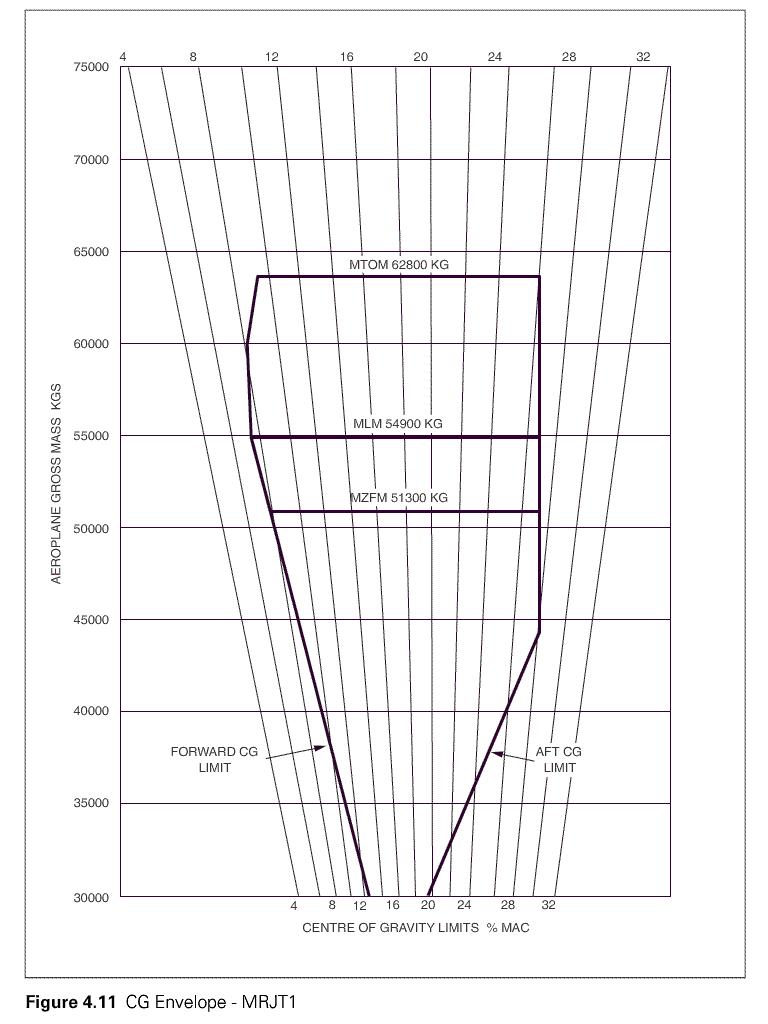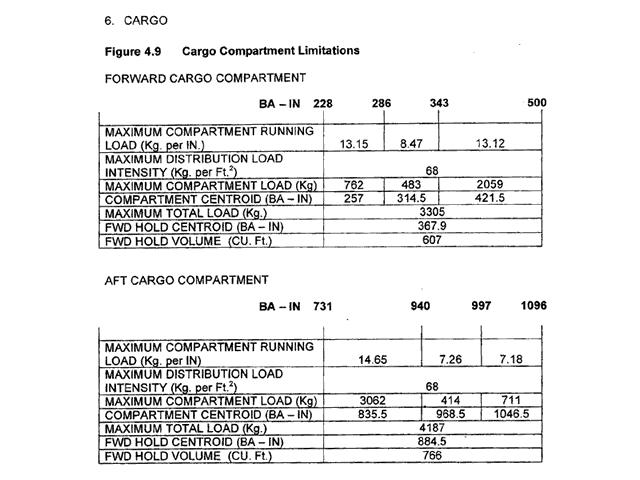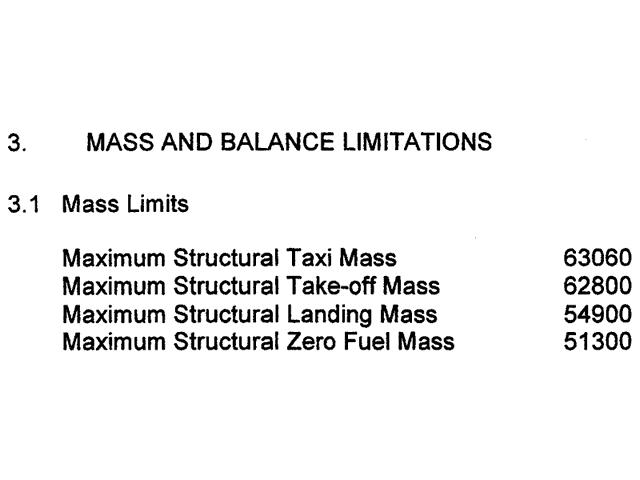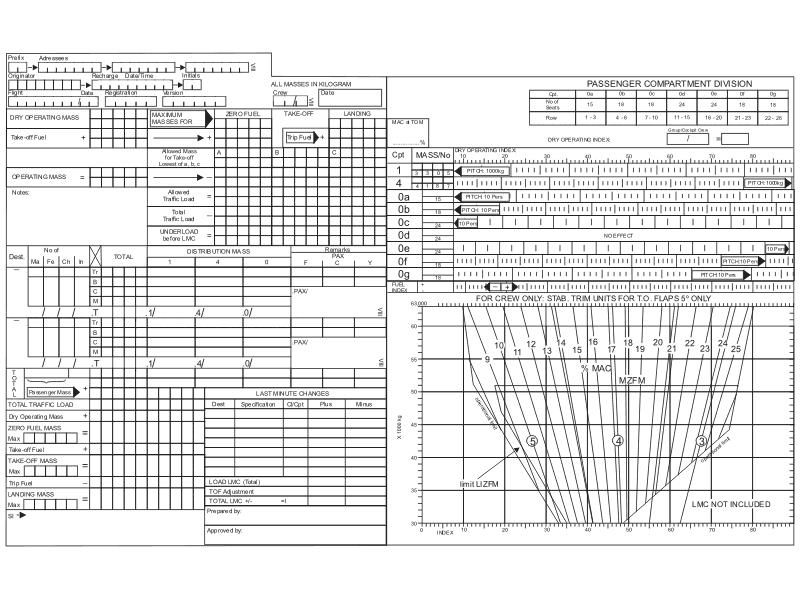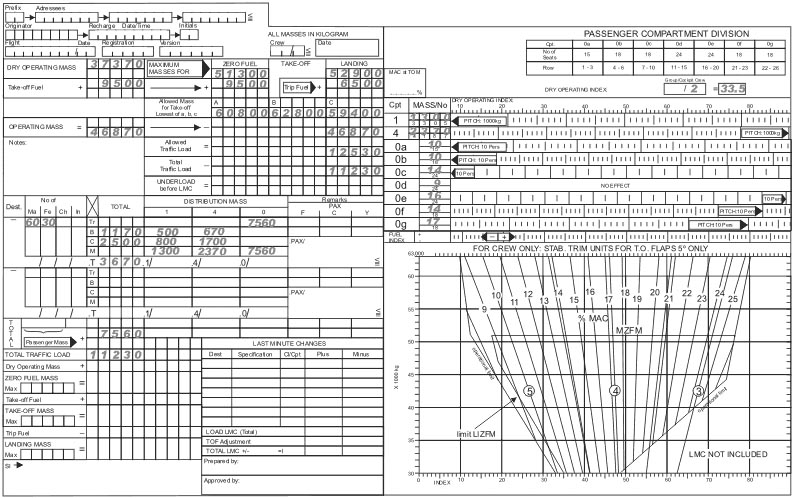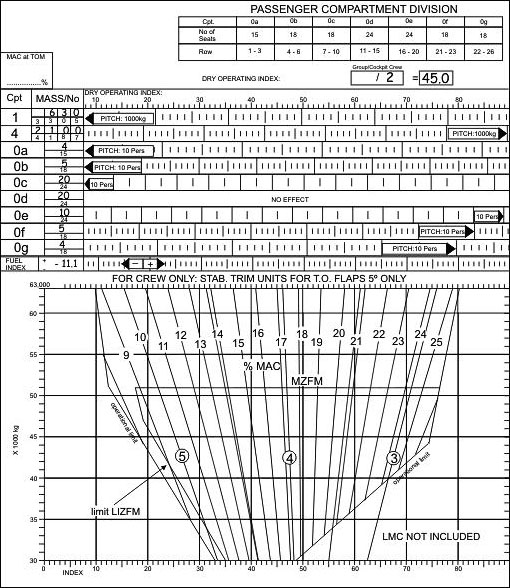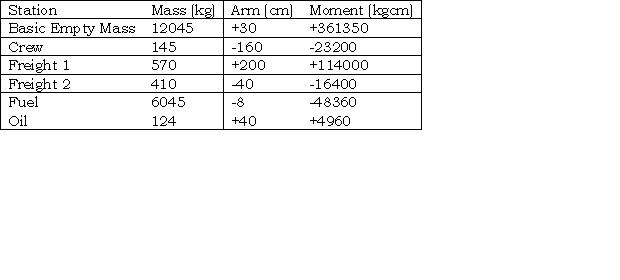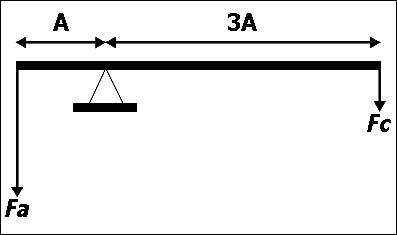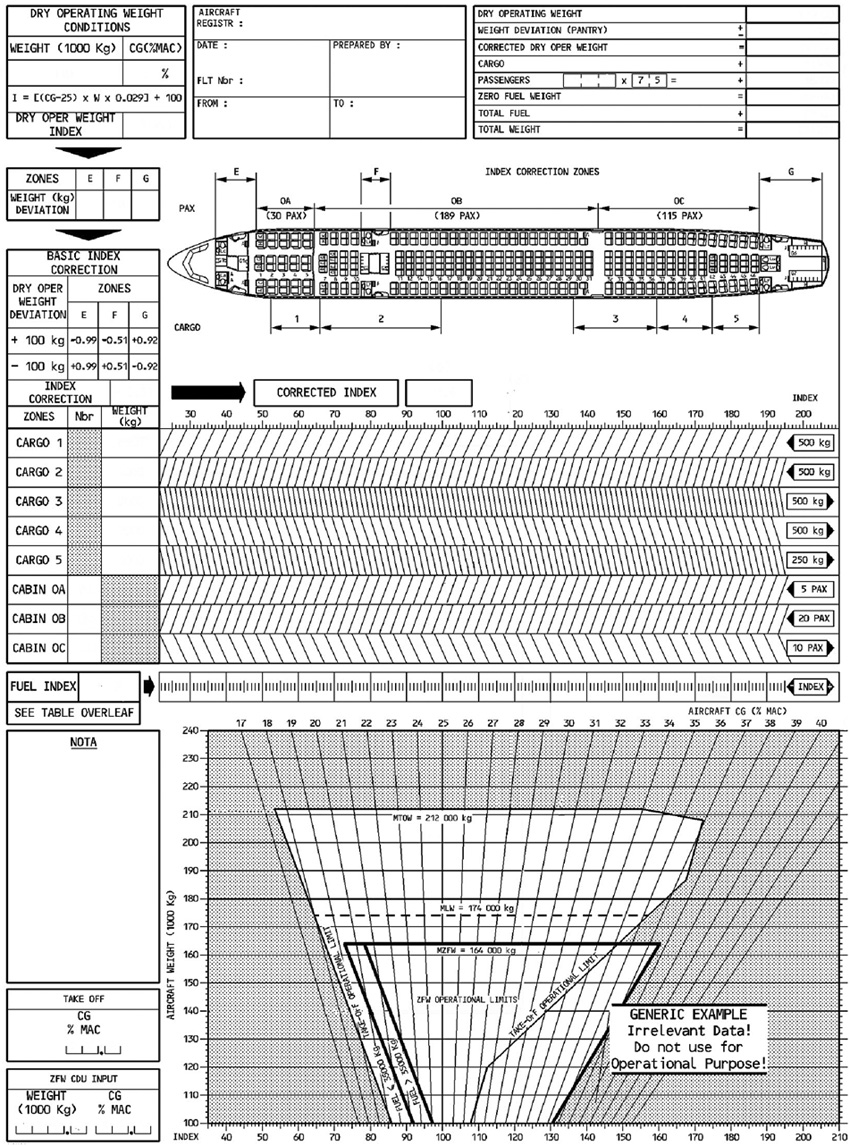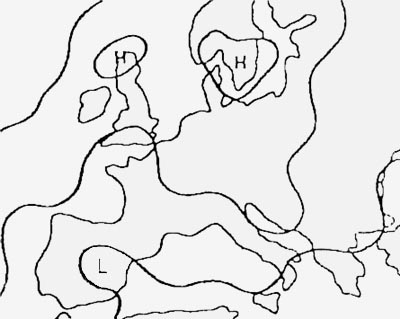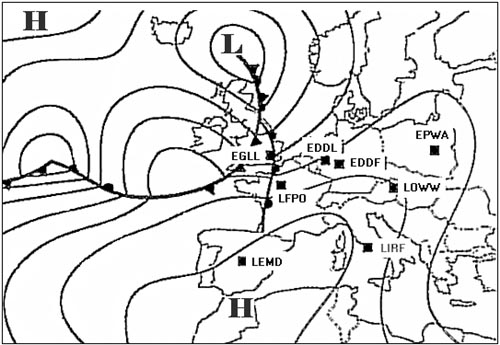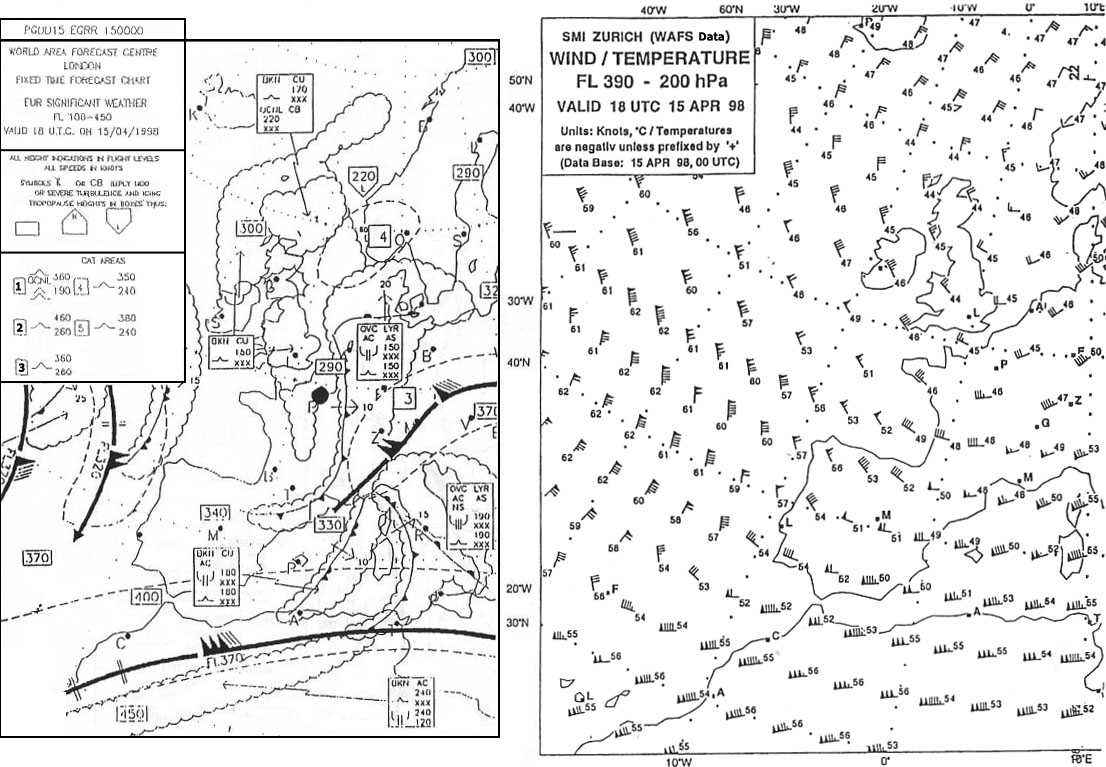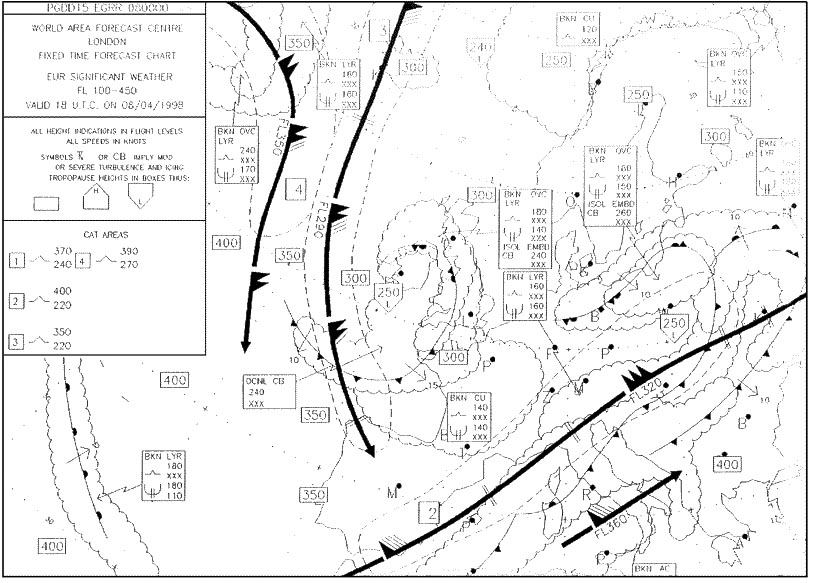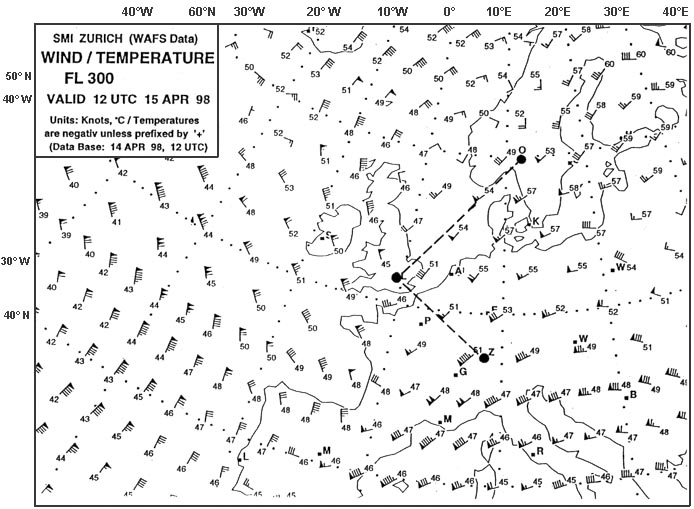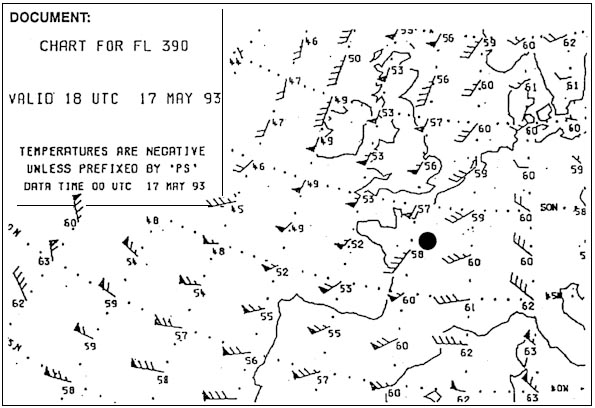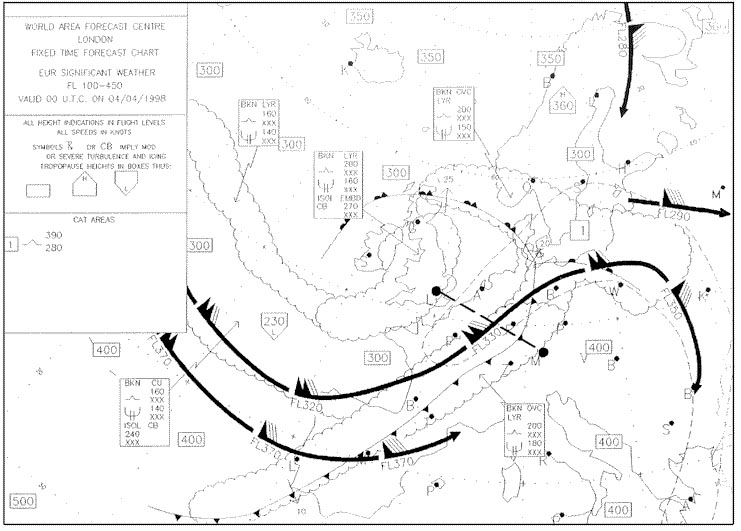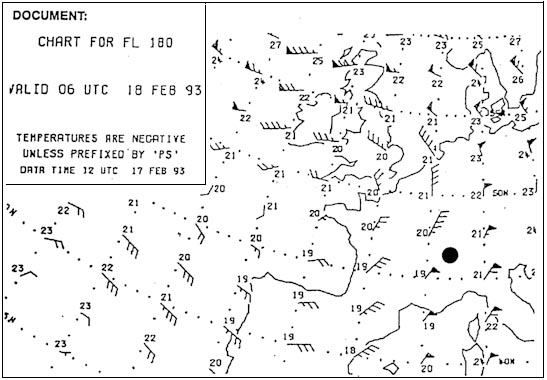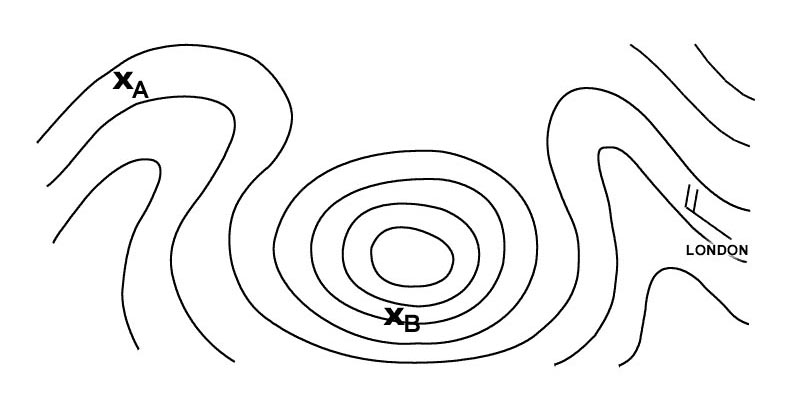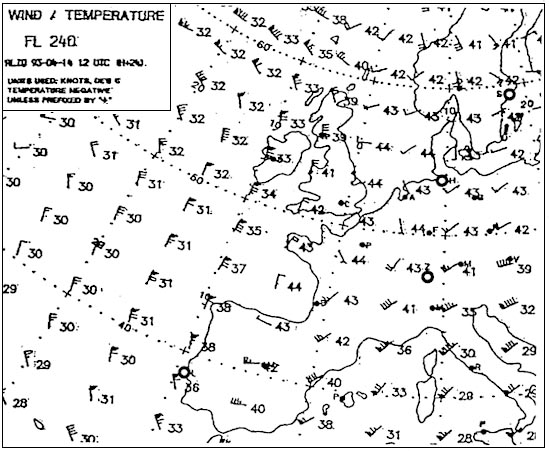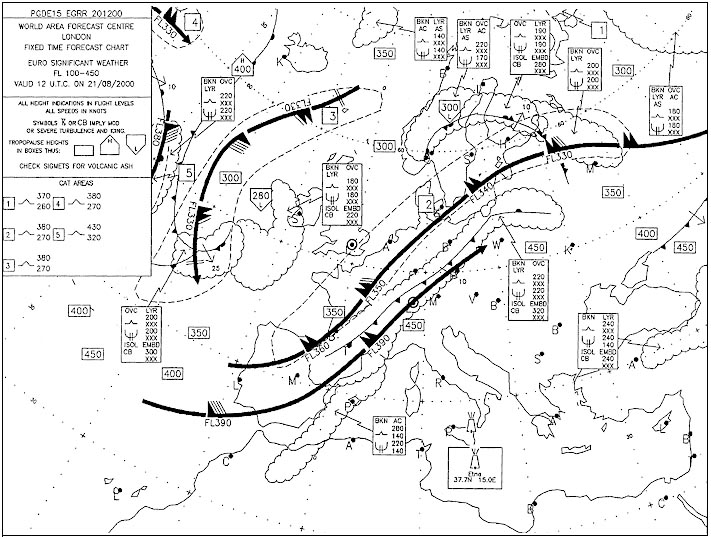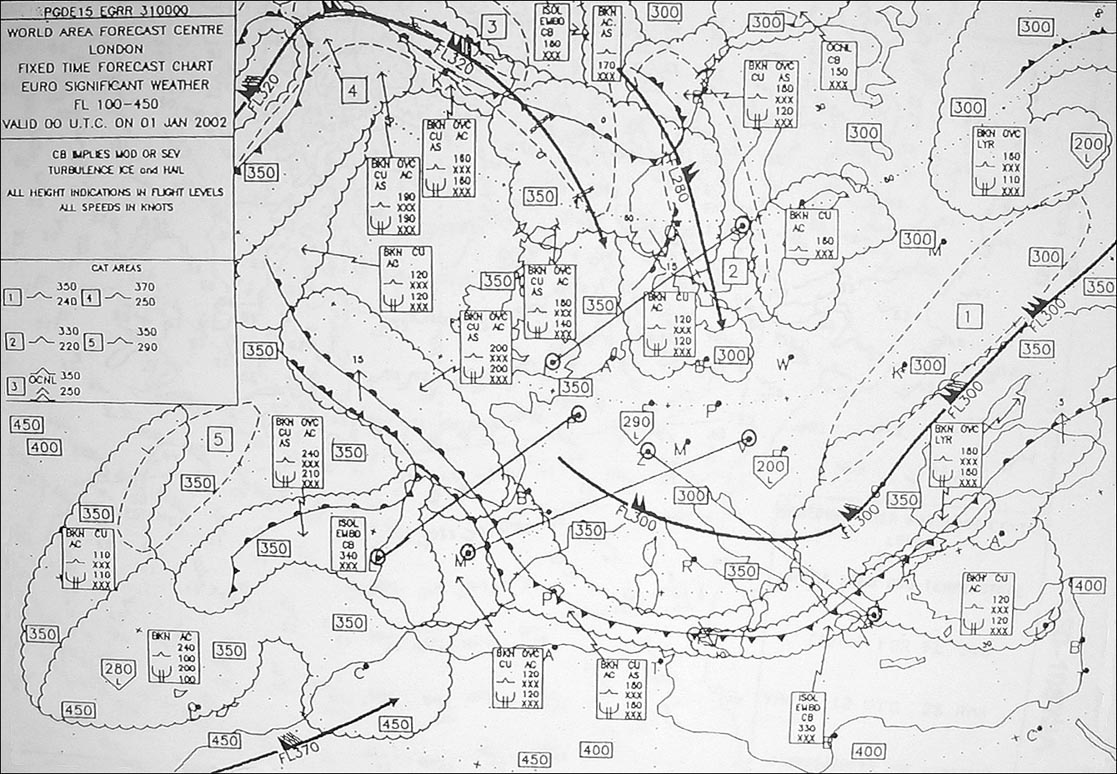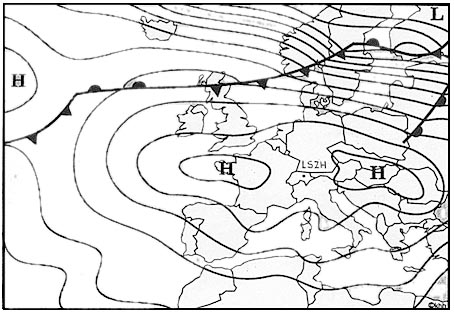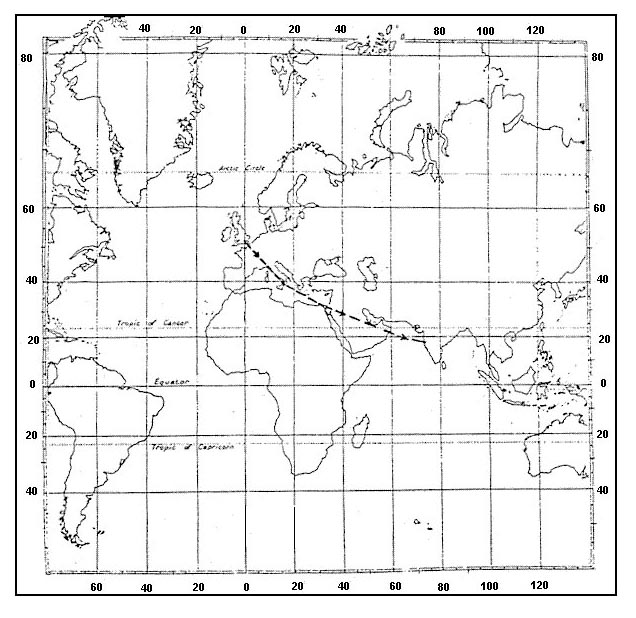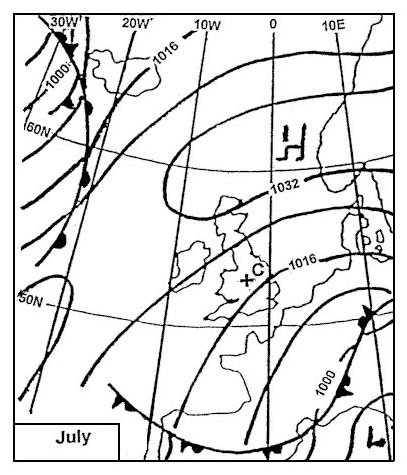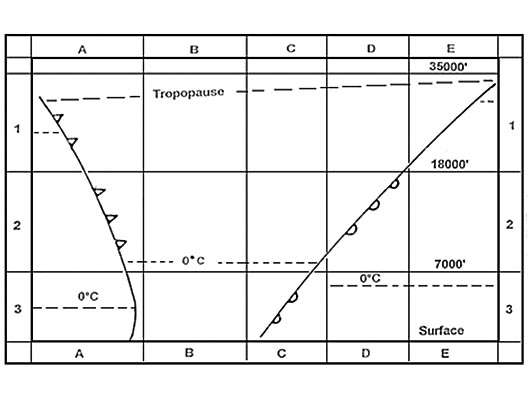Sign up to unlock all our services and 15164 corrected and explained questions.
Question 85-1 : Which of the following is unlikely to have any effect on the position of the centre of gravity on an aeroplane in flight ? [ Course landing ]
Question 85-2 : Which of the following is unlikely to have any effect on the position of the centre of gravity on an aeroplane in flight ?
Changing the tailplane horizontal stabiliser incidence angle
Question 85-3 : When the centre of gravity is at the forward limit an aeroplane will be ?
Extremely stable and will require excessive elevator control to change pitch
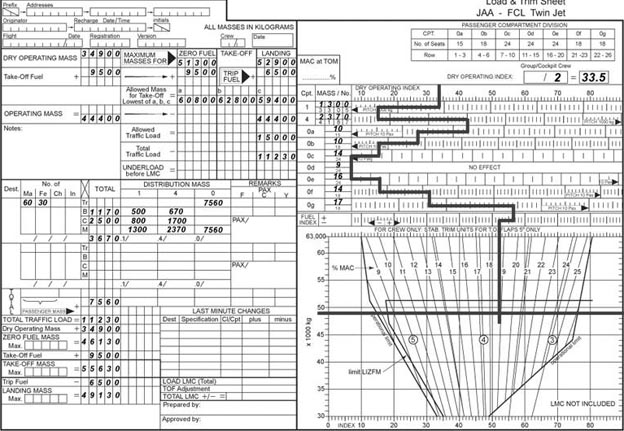
Question 85-4 : A mass of 500 kg is loaded at a station which is located 10 metres behind the present centre of gravity and 16 metres behind the datum assume g=10 m/sec squared .the moment for that mass used in the loading manifest is ?
Question 85-5 : Without the crew the mass and longitudinal cg position of the aircraft are 6000 kg and 4 70m . the mass of the pilot is 90 kg. the mass of the copilot is 100 kg. the mass of the flight engineer is 80 kg.with the crew the mass and longitudinal cg position of the aircraft are . 220 ?
6270 kg and 4 594 m
Question 85-6 : Using the load and trim sheet for the mrjt1 aircraft which of the following is the correct value for the index at a dry operating mass dom of 35000 kg with a cg at 14% mac . 221 ?
Question 85-7 : Using the data given in the load and trim sheet determine which of the following gives the correct values for the zero fuel mass and position of the centre of gravity % mac at that mass . 222 ?
Question 85-8 : Using the data given in the load and trim sheet determine from the following the correct values for the take off mass and the position of the centre of gravity at that mass if the fuel index correction to be applied is given as 0 9 . 223 ?
Question 85-9 : Using the data given at the appendix to this question if the fuel index corrections from zfm index are as follows .9500 kg 0 9.6500 kg 6 1.3500 kg 4 7.3000 kg 4 3. ?
Question 85-10 : Using the data given at the appendix determine which of the following correctly gives the values of the zero fuel mass zfm of the aeroplane and the load index at zfm . 225 ?
Question 85-11 : For this question use annex ecqb 031 mb 02 v2015 03 .from the data given at the appendix and assuming a fuel index shift of 5 7 from the zfm loaded index determine which of the following is the correct value percentage mac for the position of the centre of gravity at take off mass . 226 ?
Question 85-12 : From the data contained in the attached appendix the maximum allowable take off mass and traffic load is respectively . 227 ?
Question 85-13 : An aeroplane is carrying a traffic load of 10320 kg .complete the necessary sections and determine which of the answers given below represents the maximum increase in the traffic load . 228 ?
Question 85-15 : What mass has to be entered in the loading chart for aviation fuel f 34 if 170 l may be refuelled . fuel density = 0 78 kg/l ?
133 kg
Question 85-16 : An aeroplane with a two wheel nose gear and four main wheels rests on the ground with a single nose wheel load of 500 kg and a single main wheel load of 6000 kg .the distance between the nose wheels and the main wheels is 10 meter .how far is the centre of gravity in front of the main wheels ?
Question 85-17 : Using the reference provided without the crew the weight and the cg position of the aircraft are 7 000 kg and 4 70m .the mass of the pilot is 90 kg the mass of the co pilot is 75 kg and the mass of the flight engineer is 90 kg .with this crew on board the cg position of the aircraft will be . 231 ?
4 615 m
Question 85-18 : Given that the flight time is 2 hours and the estimated fuel flow will be 1050 l/h and the average oil consumption will be 2 25 l/h .the specific density of fuel is 0 79 .the specific density of the oil is 0 96 .the 'freight 2' will be dropped during flight within the scope of a rescue action . ?
24 cm aft of datum

Question 85-19 : An aeroplane with a two wheel nose gear and four main wheels rests on the ground with a single nose wheel load of 725 kg and a single main wheel load of 6000 kg .the distance between the nose wheels and the main wheels is 10 meters .how far is the centre of gravity in front of the main wheels ?
Question 85-20 : An aeroplane has a planned take off mass of 200 000 kg .its cg is located at 15 38 m of the reference point representing a cg location at 30% mac mean aerodynamic cord .moment arm of the forward cargo is 15 m.moment arm of the aft cargo is 25 m. ?
4600 kg
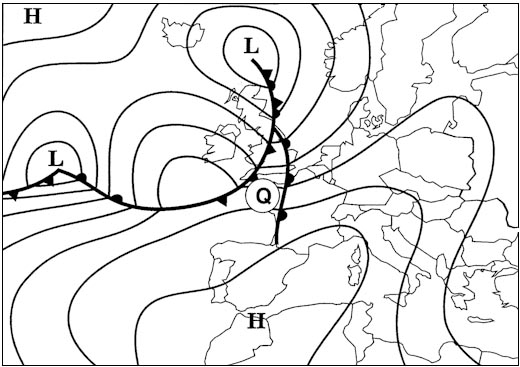
Question 85-21 : The index method in mass and balance calculations is used for ?
Question 85-22 : What are the advantages of using the index method to determine moments .it ?
Question 85-23 : What is the principle of the index method ?
Question 85-25 : For this question use annex ecqb 031 046 v2015 01 .the aircraft is loaded as shown in the table .calculate the new total moment if the mass of the crew is increased . 240 ?
Question 85-26 : The planned take off mass of a turbojet aeroplane is 180 000 kg with its centre of gravity located at 26 % mac mean aerodynamic cord shortly prior to engine start the local staff informs the flight crew that 4 000 kg must be unloaded from cargo 4 after the handling operation the new centre of ?
Question 85-27 : A turbojet aeroplane has a planned take off mass of 190 000 kg following cargo loading the crew is informed that the centre of gravity at take off is located at 38 % mac mean aerodynamic cord which is beyond limits the captain decides then to redistribute part of the cargo load between cargo 1 and ?
Question 85-28 : The planned take off mass of an aeroplane is 190 000 kg with its centre of gravity located at 29 % mac mean aerodynamic cord shortly prior to engine start the local staff informs the flight crew that an additional load of 4 000 kg must be loaded in cargo 4 after loading this cargo the new centre ?
Question 85-29 : The planned take off mass of an aeroplane is 180 000 kg with its centre of gravity located at 31 % mac mean aerodynamic cord shortly prior to engine start the local staff informs the crew that an additional load of 4 000 kg must be loaded in cargo 1 after loading this cargo the new centre of ?
Question 85-30 : What is dry operating index doi ?
The index for the position of the centre of gravity at dry operating mass

Question 85-31 : A 3 m long plank is on a pivot halfway along its length a 1 kg mass is suspended on the left end and a 2 kg mass from other end .how far and in which direction should the plank be moved in order for the plank to be in balance ?
Question 85-32 : For the following see saw to be in balance with a mass of 35 kg suspended on the left end 14m left of pivot and 75 kg suspended on the right end the mass required at position 5m left of the pivot must be . 247 ?
Question 85-33 : Refer to figure 031 13 .for a medium range twin jet aircraft with a cg located at 18% mac at 62000 kg gross mass determine the stabilizer trim units required for a take off flap setting of 15° ?
Question 85-34 : Consider a conventional aircraft with three wheels the nose jack is located 161 inches aft of the datum the main wheel jacks are located 775 inches aft of the datum after weighing the following results are reported .nose jack 2300 lb.each main wheel jack 19300 lb. ?
Question 85-35 : Refer to figure 031 57 .calculate the cg position and moment for the basic empty mass by using the data given from the attached table ?
Question 85-36 : The mass and the cg of an aircraft must be established by actual weighing by the ?
Operator prior to initial entry into service
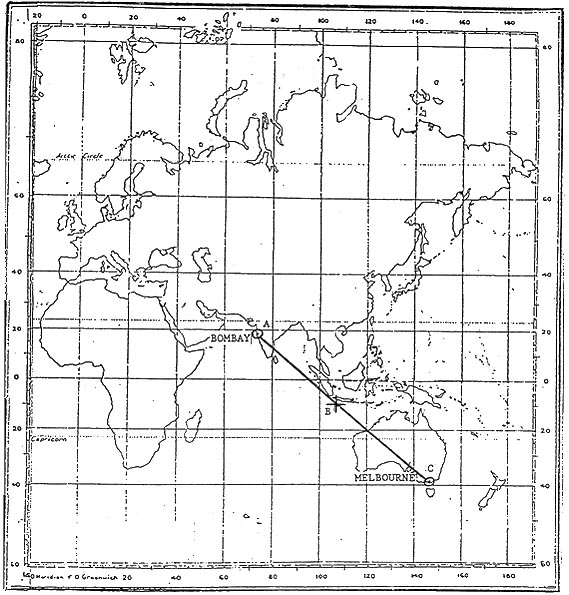
Question 85-37 : Refer to figure 031 59 .the see saw is in a state of equilibrium calculate the distance between a and c ?
30 49 m
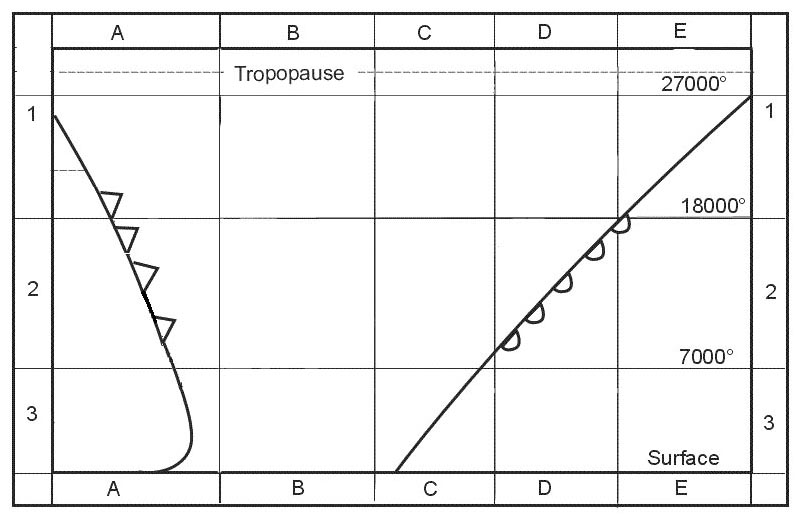
Question 85-38 : Given .length of the mac 114 inches.forward gc limit 12% mac.aft cg limit 38% mac.calculate the distance of cg at 10m mac with reference to the forward limit ?
Question 85-39 : Consider a conventional aircraft with three wheels the nose jack is located 161 inches aft of the datum the main wheel jacks are located 775 inches aft of the datum after weighing the following results are reported .nose jack 6488 lb.each main wheel jack 17783 lb. ?
Question 85-40 : Refer to figure 031 61 .originally there has been 225 l of fuel in the tank of the aircraft but the pilot decides do add 200 kg of additional fuel what will happen to the centre of gravity ?
~
Exclusive rights reserved. Reproduction prohibited under penalty of prosecution.
3359 Free Training Exam

